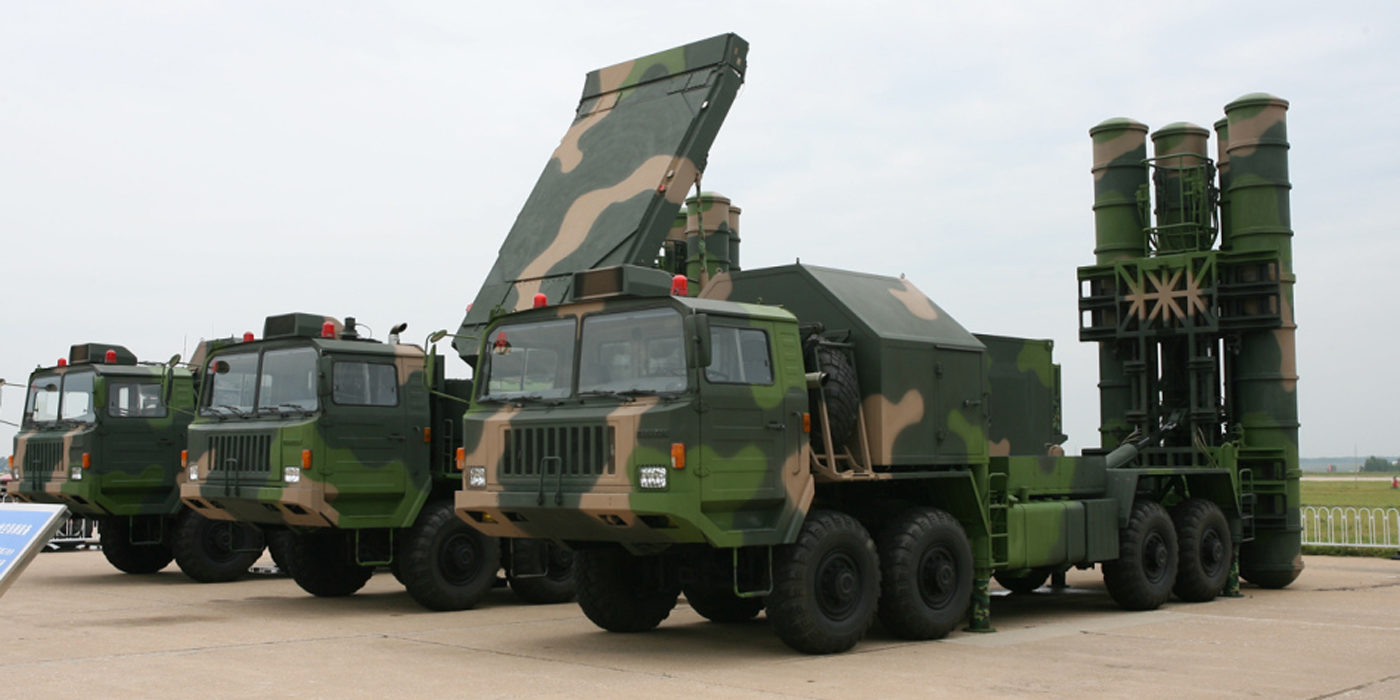As India executed Operation Sindoor—a decisive retaliation against cross-border terror following the Pahalgam attack—it did more than neutralize militant infrastructures. It peeled back a strategic veil, exposing the quiet but growing role of Chinese defense systems in Pakistan’s military framework. The strikes may have been aimed at terror camps, but they also sent a powerful signal to Beijing: its military hardware and strategic posture in South Asia are under scrutiny.
China’s Defense Collaboration with Pakistan: More Than a Friendship
China’s support to Pakistan’s defense ecosystem is neither new nor subtle. From supplying JF-17 Thunder jets, drones, and missile defense systems to co-developing technologies through joint ventures, the Beijing-Islamabad defense nexus is both deep and deliberate. This collaboration is underpinned by long-term strategic interests: counterbalancing India, securing the China-Pakistan Economic Corridor (CPEC), and expanding China’s military-industrial reach.
But what is often masked in diplomacy is the dual-use nature of Chinese strategic infrastructure under CPEC. Roads and ports built under the guise of economic upliftment also serve military logistics and surveillance needs. These installations, positioned perilously close to conflict zones, are not just economic assets—they’re tactical outposts.
Operation Sindoor: A Real-Time Stress Test for Chinese Systems
The Indian Air Force’s precision strikes during Operation Sindoor allegedly neutralized air defense setups around Lahore—installations believed to be Chinese-supplied. While official confirmation remains elusive, the message is clear: China’s military technology is not impervious.
Further, India’s ability to carry out deep strikes across fortified zones, evade detection, and return without unacceptable losses demonstrates a gap in electronic warfare and radar resilience on the Pakistani side. These vulnerabilities, given the Chinese origin of many systems, are not just Pakistan’s concern—they’re China’s embarrassment.
India’s successful intelligence gathering and mission planning implies an edge in surveillance, deception, or possibly both. If Indian agencies could penetrate Pakistani defenses equipped with Chinese tech, the counter-surveillance capabilities of Beijing’s systems come into question.
Strategic and Diplomatic Fallout: Redefining the Regional Chessboard
The implications ripple far beyond the border. For India, this is an opportunity to:
- Recalibrate its military doctrine, investing further in AI-led surveillance, jamming tech, and indigenous systems.
- Leverage global defense partnerships (with Israel, the U.S., and France) to plug technological gaps.
For China, however, this conflict presents a strategic headache. Caught between its “iron brother” and its broader geopolitical ambitions, China is now visible where it once preferred the shadows. Any overt support to Pakistan risks antagonizing India and potentially pushing New Delhi further into U.S.-led Indo-Pacific frameworks.
Meanwhile, in defense markets across Africa, Central Asia, and Latin America, questions will rise: if Chinese systems can be exposed and neutralized so swiftly, how reliable are they in real combat?
The Unintended Revelation
Operation Sindoor may have been designed as a counter-terror operation, but its aftershocks have unsettled more than militant safe havens. Inadvertently, it became a live laboratory for testing the strengths—and more crucially, the limits—of Chinese defense exports. In a world increasingly shaped by hybrid warfare, perception is often as potent as firepower.
In South Asia’s shifting sands, the dragon’s firepower now seems a little less fearsome—and a lot more visible.

 Opinion1 week ago
Opinion1 week ago
 Culture & Society5 days ago
Culture & Society5 days ago
 Culture & Society5 days ago
Culture & Society5 days ago
 Business5 days ago
Business5 days ago
 Business1 week ago
Business1 week ago
 Culture & Society1 week ago
Culture & Society1 week ago
 Culture & Society1 week ago
Culture & Society1 week ago
 Tech4 days ago
Tech4 days ago
















